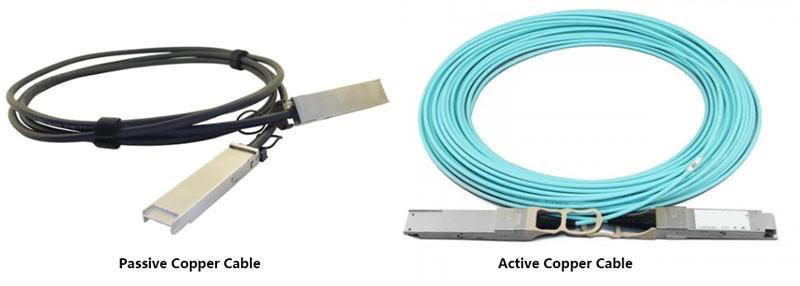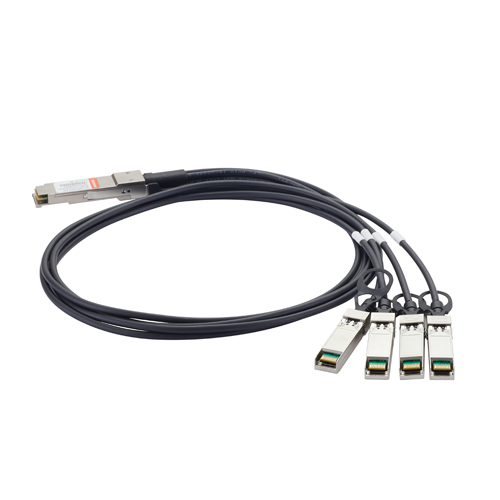- Related articles
- All Cisco SFP-10G-LR-X's information (List price, Specs, Datasheet PDF, Compatibility matr
- All Cisco XENPAK-10GB-ER's information (List price, Specs, Datasheet PDF, Compatibility ma
- Optical Transceivers for Cisco N9K-C9372PX-E Switch
- What Is Network Card PCI Express x1?
- Optical Transceivers for Cisco SG500-28MPP-K9-G5 Switch
- Optical Transceivers for Cisco WS-C3560E-48TD-E Switch
- Optical Transceivers for Cisco WS-C3850-24XS-S Switch
- Applicable to 100BASE-BX Standard optical transceiver models
- The Things You Need to Know about 100BASE-X Ethernet Standards
- All Cisco MFEBX1's information (Specs, Datasheet PDF, Compatibility matrix)

In the background of the rapid development of telecommunications industry and network technology, achieving the low-cost and high-efficiency high-speed interconnect solutions has become the driving force for the development of the telecommunications industry. Nowadays, in order to meet the needs of high-speed communication, direct attach cable has become a hot topic of cloud storage, cloud computing, super computer systems etc.
Direct Attach Cable is called DAC for short, which is a connect cable for communication equipment, generally used for achieving short-distance interconnect communication, is a very cost-effective high-speed interconnect solution. DAC has only experienced several years that developed from 10G to 40G, so that it can be seen that how fast the development of high-speed data communications. So now, let us talk about the 40G direct attach cable which is still popular today.
40G DAC is refers to the copper cable which installed optical modules at the both of end to reach 40Gbps data transmission. Now, there are 3 types of 40G DAC are mainly used in the market: 40G QSFP+ to QSFP+ DAC, 40G QSFP+ to 4*SFP+ DAC and 40G QSFP+ to 4*XFP+ DAC. There are two types of cable: active copper cable and passive copper cable. However, there is one thing supposed to be further explained: the optical modules of the direct attach cable are not real, because they have no components, just used for transmitting signal.

Why does 40G direct attach cable use QSFP + interface?

Application of 40G Direct Attach Cable





































































